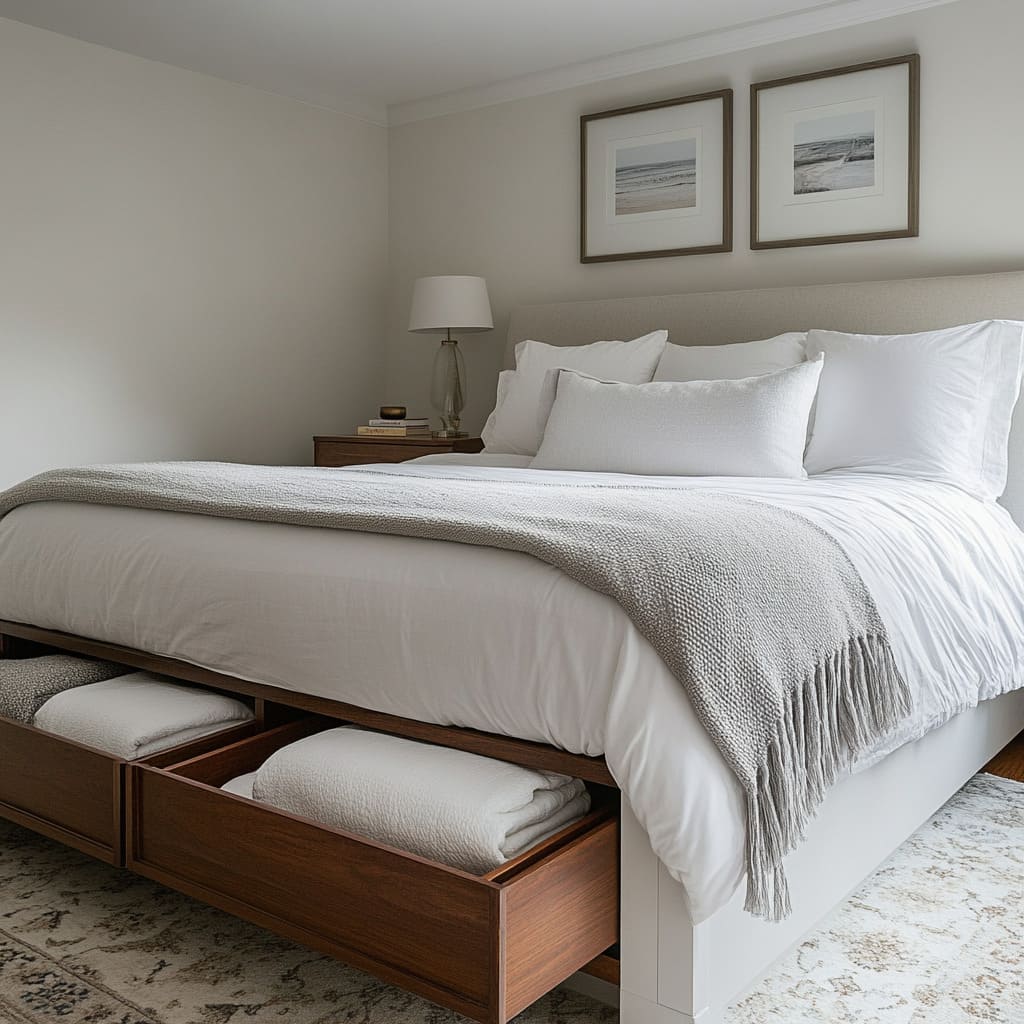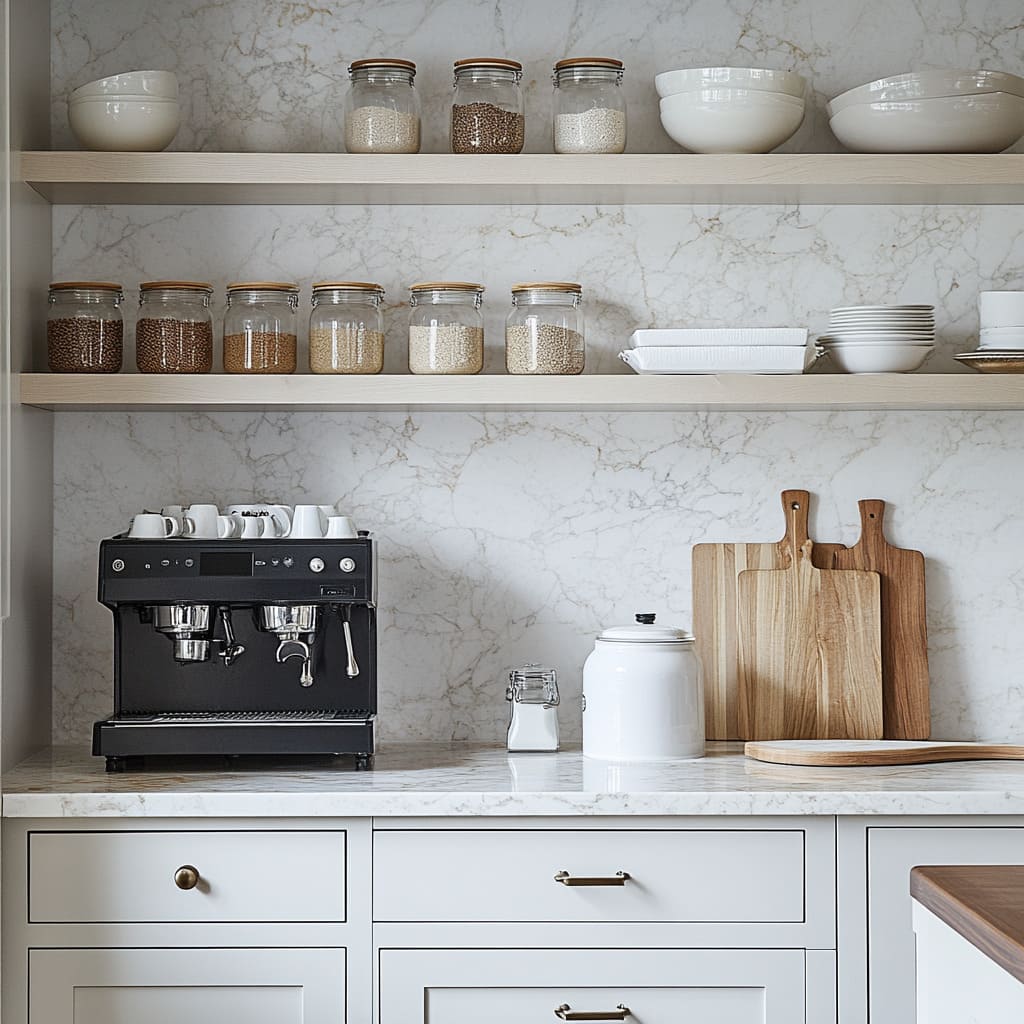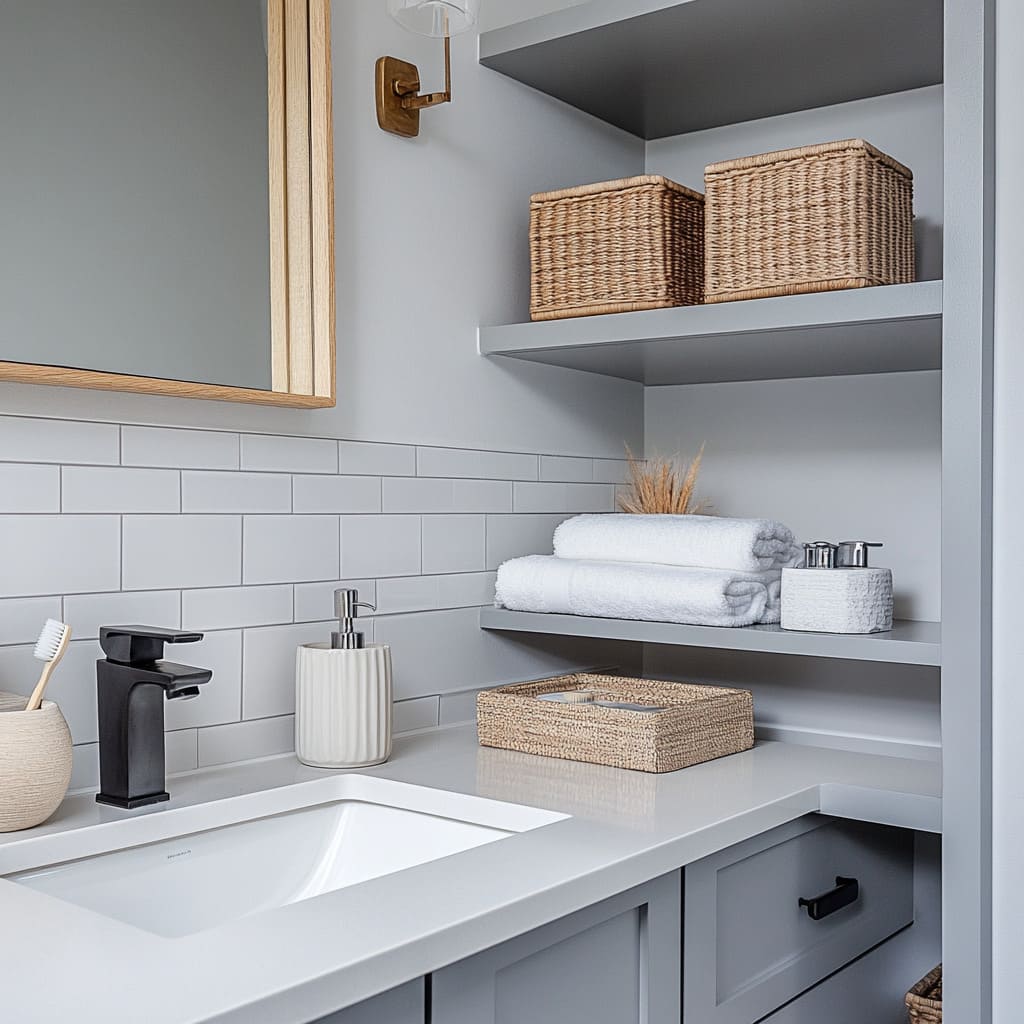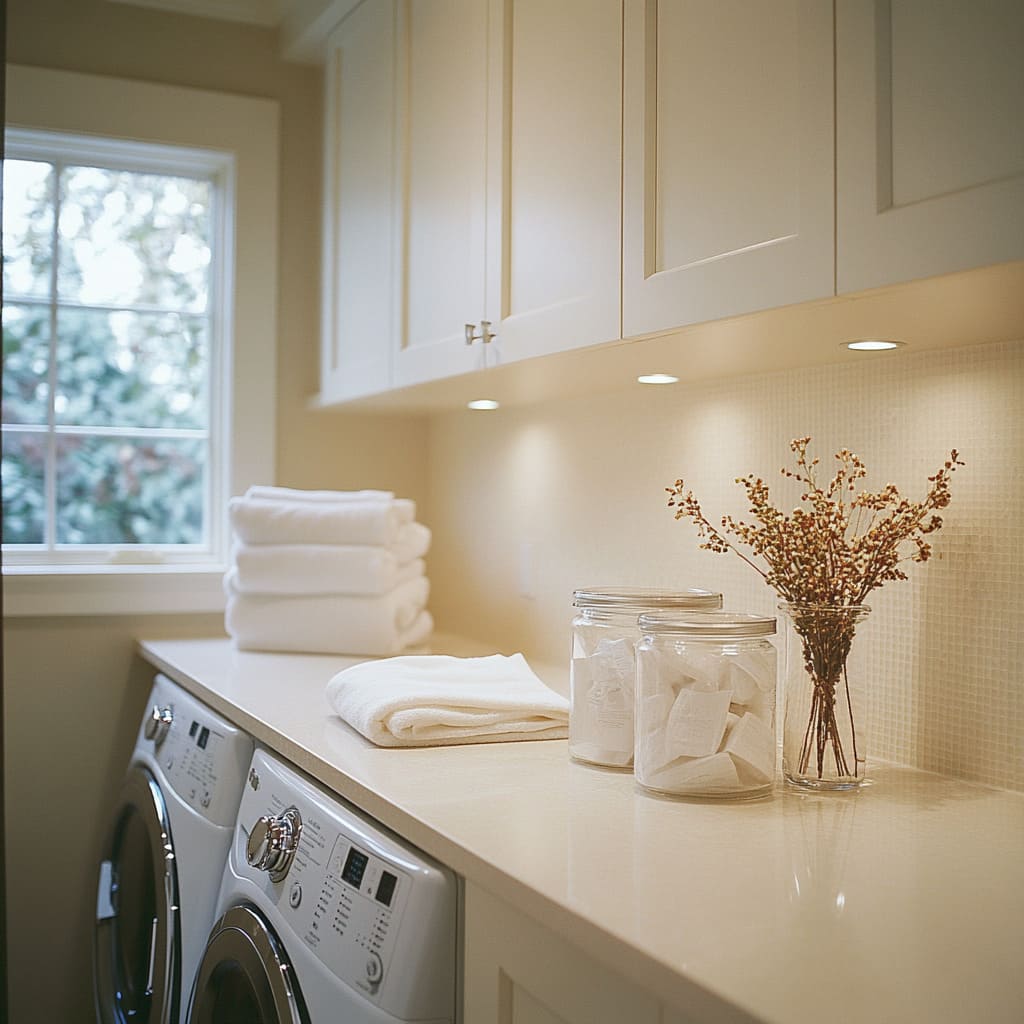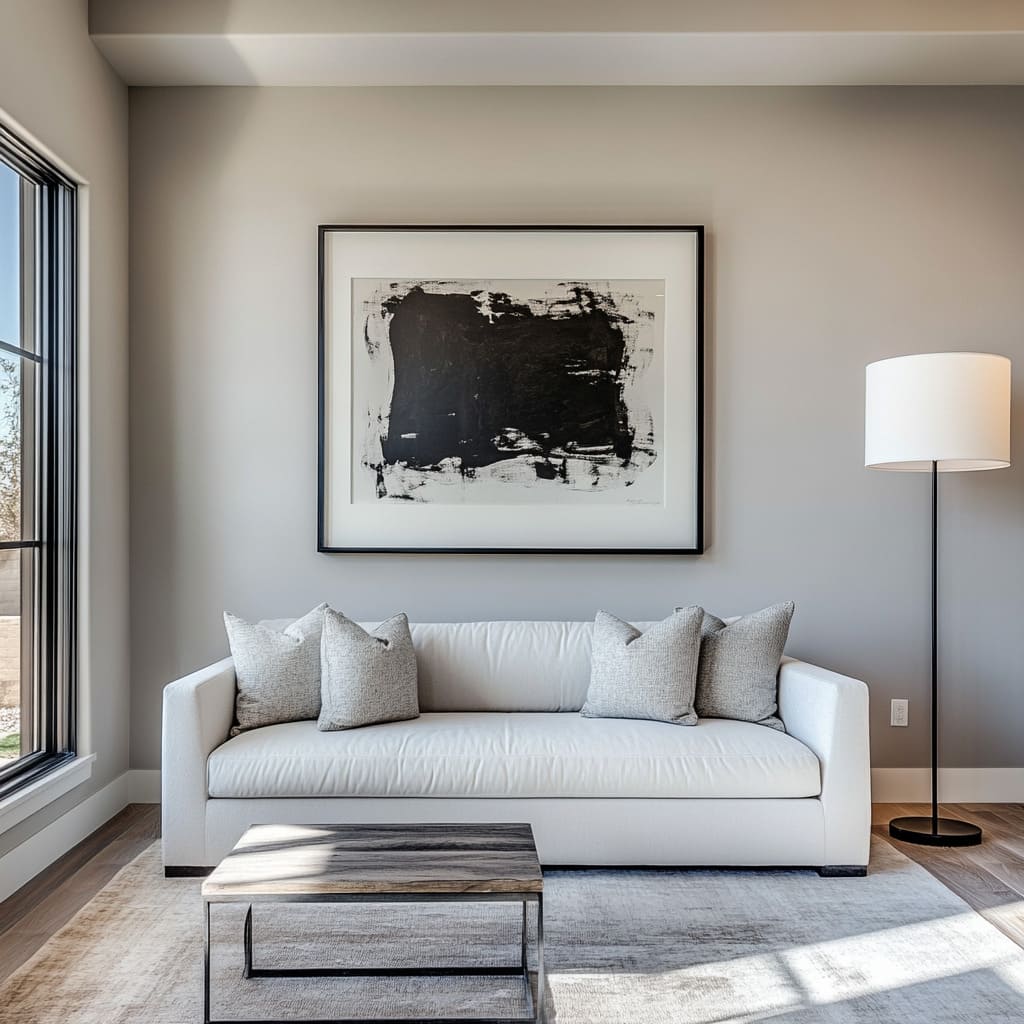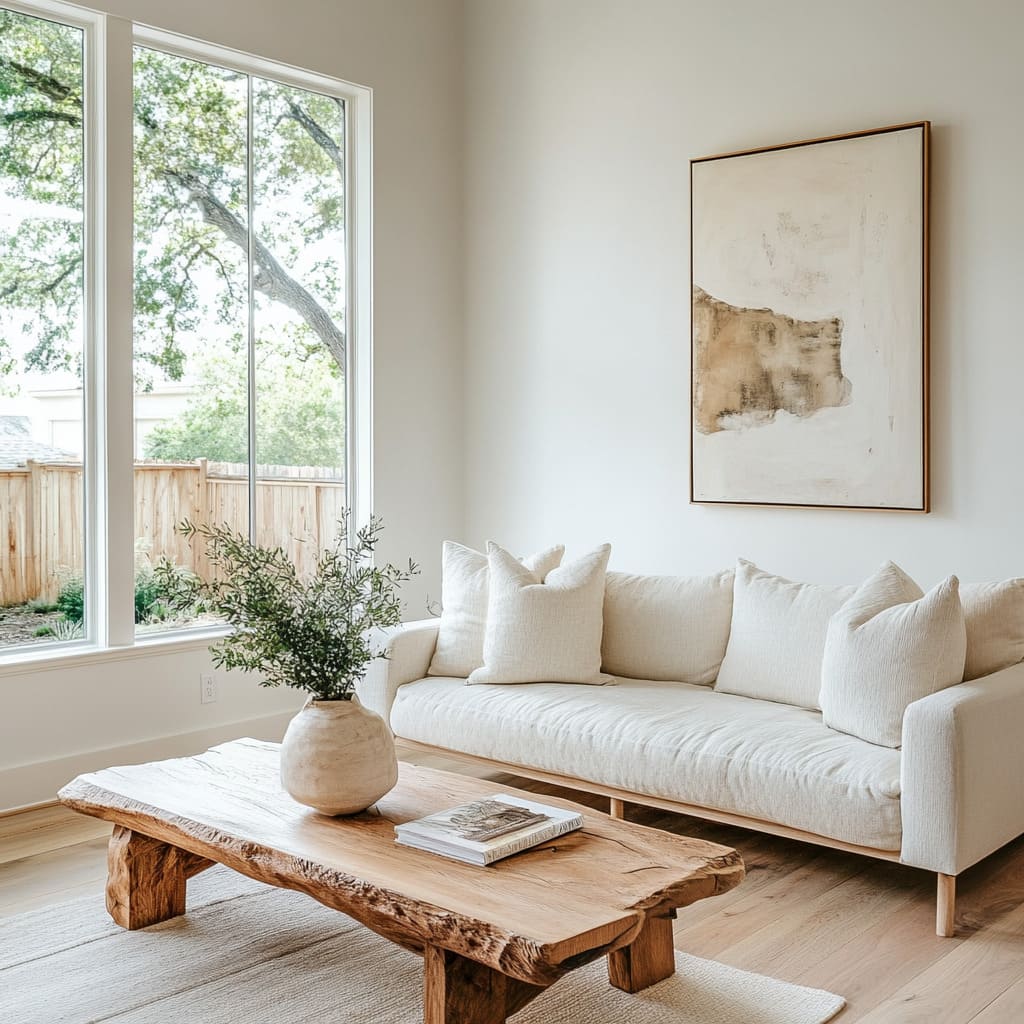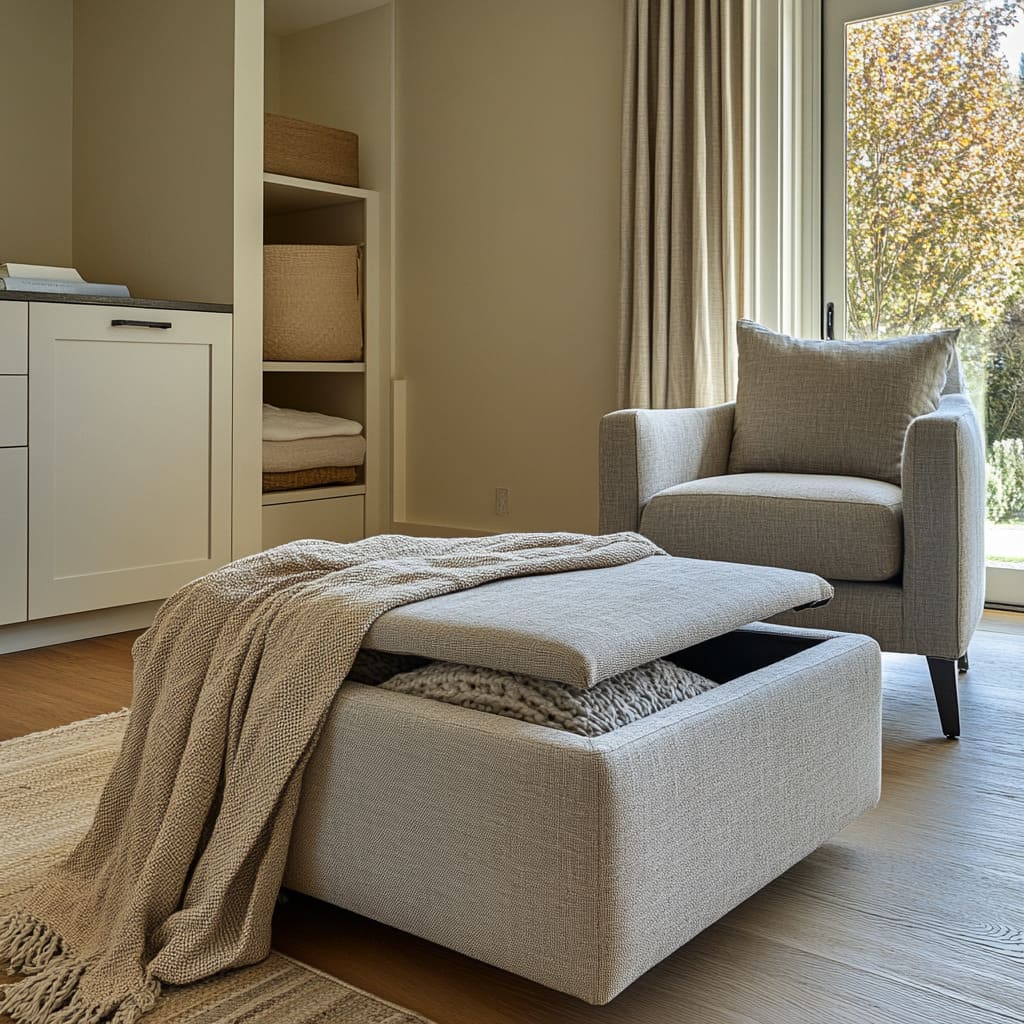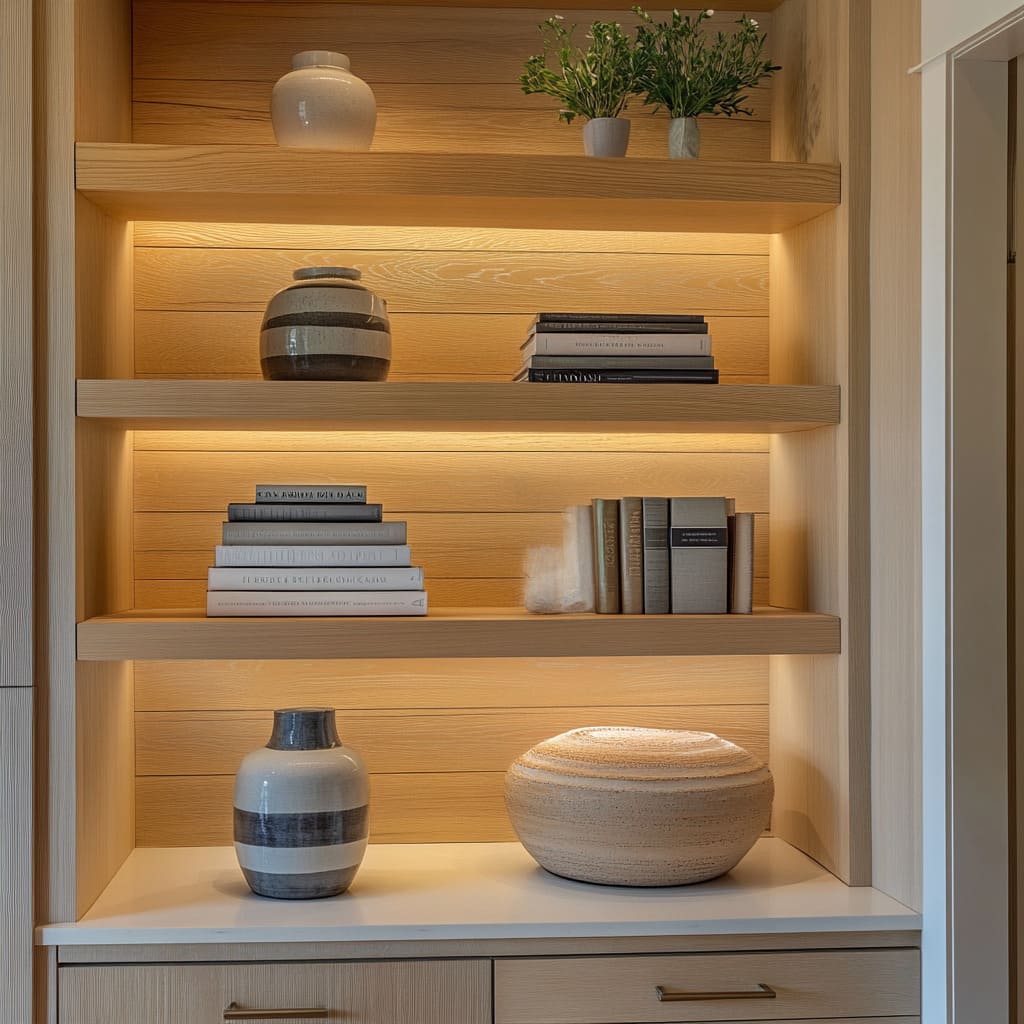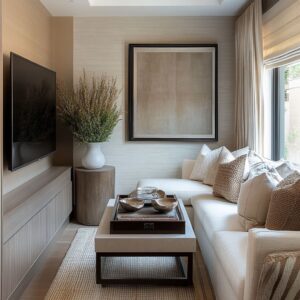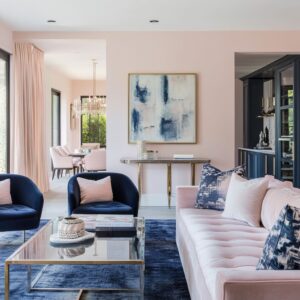Minimalism has gained significant attention in recent years, offering more than just a design style—it’s a lifestyle. People are drawn to its clean and simple aesthetic, as it brings a sense of calm into spaces that often feel overwhelmed by unnecessary items.
Homes filled with clutter can easily feel overwhelming and chaotic, which is why minimalism is such a refreshing contrast. The clean lines, neutral colors, and focus on function over excess make minimalist homes both visually appealing and incredibly functional.
This style invites a less-is-more approach, helping create rooms that feel larger, brighter, and more open, all while reducing the stress caused by too much stuff. This article will guide you through the principles of minimalist design and show how simple changes can help maintain that clutter-free environment in every corner of your home.
The Core of Minimalism: Function Meets Style
At the heart of minimalism is the idea that every item in your home should serve a purpose. It’s about embracing simplicity without sacrificing beauty.
In minimalist spaces, furniture is carefully chosen for its function, but it doesn’t mean you need to compromise on style. Think of sleek, multifunctional pieces like a sofa with hidden storage or a bed that lifts to reveal extra space.
The beauty of minimalism is in these thoughtful choices, where style and practicality come together seamlessly. Neutral palettes play a key role, with shades of white, beige, gray, and light wood tones dominating the space.
These hues help to create a calm environment and make rooms feel open and airy. Accent pieces—whether it’s a piece of art or a unique lamp—add just the right touch of personality without overwhelming the space.
In a minimalist home, you appreciate each element for its contribution to the overall design, as opposed to rooms crammed with items competing for attention.
Declutter Like a Pro: Key Strategies for Each Room
Decluttering is essential to achieving a minimalist home. But it’s more than just throwing things out—it’s about creating a system that works for your space and lifestyle.
Let’s walk through some simple steps to declutter key areas of your home, making each room feel more organized and purposeful. In the living room, start by clearing off surfaces like coffee tables, bookshelves, and side tables.
Keep only what adds to the room’s aesthetic or has a function. For example, a sleek tray with a candle and a book on the coffee table adds a decorative element without crowding the space.
Hide remote controls and gadgets in drawers or stylish storage boxes to keep them out of sight but within reach.
The kitchen can quickly become cluttered with appliances, utensils, and random items. The goal is to clear countertops as much as possible.
Only keep essential appliances out, like the coffee maker or toaster, and store the rest in cupboards or drawers. Drawer organizers for utensils and containers for pantry items can make a huge difference.
Instead of endless stacks of mismatched containers, opt for a set of glass jars to keep dry goods visible and tidy. In the bedroom, a minimalist wardrobe is key.
Declutter your closet by keeping only pieces you truly love and wear regularly. A streamlined wardrobe not only looks neater but also saves you time getting ready.
To maximize space, use under-bed storage for items like off-season clothes or bedding. Keep surfaces clear, with just a lamp and maybe a book or a plant on your bedside table.
This simplicity makes your bedroom feel like a peaceful retreat, perfect for rest. The bathroom can be challenging to keep clutter-free due to the number of products typically stored there.
Reduce visual clutter by using sleek organizers inside your cabinets or under the sink. A couple of matching containers for cotton swabs and toothbrushes can go a long way in keeping the bathroom feeling clean and organized.
Less is More: Furniture and Decor Choices
When it comes to furnishing a minimalist home, quality and functionality are more important than quantity. Instead of filling a room with unnecessary furniture, focus on selecting a few key pieces that provide both comfort and style.
Multipurpose furniture is a smart choice for smaller spaces or for anyone looking to reduce the number of items in a room. For example, a sleek ottoman that doubles as a storage unit, or a dining table that expands for guests, helps you get more out of each piece without overcrowding the space.
When choosing furniture, opt for pieces that are timeless rather than trendy. A simple, well-made sofa or dining table can last for years and serve as the foundation for your minimalist space.
If you choose to incorporate color, do so sparingly. A neutral palette creates a calm environment, and you can add character through textures and materials, such as a cozy wool throw or a sleek metal lamp.
Decorating in a minimalist home doesn’t mean leaving walls and shelves bare—it’s about being selective. Choose one or two pieces that make a statement.
A single large artwork or a sculpture can serve as a focal point in a room without adding clutter. These pieces should be meaningful and fit within the neutral, calm aesthetic, complementing the overall design rather than competing with it.
Smart Storage Solutions: Keeping Things Out of Sight
Storage is crucial in any home, but especially in a minimalist one, where clutter must be kept at bay. Hidden storage is a great way to keep the essentials close without having them out in the open.
Think of pieces like storage benches, ottomans, or beds with built-in drawers—these are lifesavers when it comes to maintaining a clutter-free space. Built-in storage is ideal for creating more room without adding bulky furniture.
For example, a built-in bookshelf or a closet organizer can hold an impressive amount of items while blending into the room seamlessly. In the kitchen, consider cabinets that go all the way to the ceiling to maximize space.
The trick is to keep only what you use and love—everything else should be out of sight. For rooms like closets or pantries, baskets and bins work wonders.
They help keep items organized, and when everything has a designated place, it’s easier to maintain a clean and clutter-free environment. By thinking strategically about your storage needs, you can maintain the minimalist look even in the most functional spaces.
Simplifying Daily Routines: Laundry, Cleaning, and Beyond
Minimalism isn’t just about how your home looks—it’s also about how it functions. Simplifying daily tasks can make your life easier and your home more enjoyable.
A minimalist approach to routines like cleaning and laundry can reduce the time spent on chores and help keep your space organized.
Laundry is a task that can easily contribute to clutter, especially with bulky detergent bottles taking up space in the laundry room. Switching to laundry detergent sheets is a simple way to streamline this routine.
These sheets are lightweight, compact, and easy to store, reducing the need for large plastic containers. They also help cut down on spills and messes, keeping your laundry area neat.
Plus, detergent sheets are eco-friendly, reducing the amount of waste produced in your home. However, some users may find that detergent sheets are not as effective on particularly heavy or stubborn stains, requiring them to purchase additional stain removers or supplements.
This can actually add more products to your laundry routine, which goes against the goal of clutter-free living. While they are compact and convenient, the need for extra treatments may reduce the overall simplicity that many seek in a minimalist home.
When it comes to cleaning, using multipurpose cleaners cuts down on the number of products needed. Opt for products that can clean multiple surfaces—from kitchen counters to windows—so you can declutter your cleaning cabinet as well.
Additionally, set up a simple system for sorting mail and papers to prevent paper clutter from piling up in your home. By simplifying these daily tasks, you can maintain a minimalist home that not only looks good but functions efficiently.
Minimalism in Action: Before-and-After Transformations
One of the best ways to understand the impact of minimalism is through real-life transformations. Imagine a living room where every surface is covered in knick-knacks, books, and remote controls.
The coffee table is overflowing with magazines, and shelves are filled with items that no longer serve a purpose. Now, picture that same room after a minimalist makeover: the surfaces are clear except for a single tray holding a candle and a book.
The bookshelves hold only a few carefully selected items, allowing them to breathe. The result is a space that feels open, organized, and calming.
The transformation doesn’t have to be complicated. Start with decluttering—remove anything that doesn’t serve a purpose or bring joy.
Next, focus on streamlining furniture and decor. A simple couch with a single throw blanket, a few framed photographs on the wall, and a clean coffee table can make the room feel entirely different.
The key is to find balance—allowing each item in the room to shine without overwhelming the space.
Conclusion: Enjoying the Freedom of a Clutter-Free Home
Minimalist living offers more than just a stylish home—it’s about creating an environment that supports a calm and focused lifestyle. By reducing clutter, simplifying daily tasks, and carefully choosing furniture and decor, you can create a space that feels both functional and beautiful.
Small changes, such as switching to laundry detergent sheets or opting for hidden storage, can have a big impact on how you experience your home. Start with one room at a time, and see how the minimalist approach can transform your living space into a place of peace and clarity.


